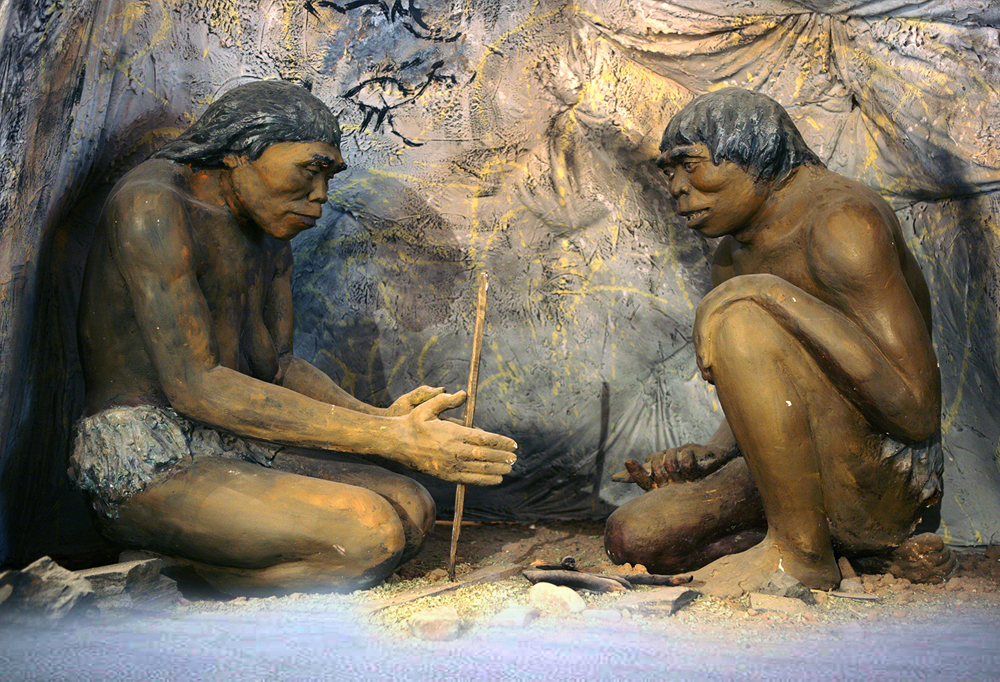Pre-historic Technologies: Tools and Fire
Fire has terrified our ancestors and still has the power to terrify today. Forest fires, or houses being burnt to the ground are still perplexing problems. However, take time to think of all of the practical uses of fire or its subsequent substitutes. Where would we be today without it? What was its importance to early people?
The earliest humans were terrified of fire just as animals were. Yet, they had the intelligence to recognize that they could use fire for a variety of purposes. Fire provided warmth and light and kept wild animals away at night. Fire was useful in hunting. Hunters with torches could drive a herd of animals over the edge of a cliff.
Early humans of two million years ago did not have fire-making skills, so they waited until they found something burning from a natural cause to get fire. A nightly campfire became a routine. What was once comfort and safety, was now also a social occasion. People would collect around the fire each night to swap stories of the day’s hunt and activities, to laugh and to relax.
Archaeologists have found tools from the Stone Age dated between 25,000-50,000 years old in different locations over the globe. The most common are daggers and spear points for hunting, hand axes and choppers for cutting up meat and scrapers for cleaning animal hides. Other tools were used to dig roots, peel bark and remove the skins of animals. Later, splinters of bones were used as needles and fishhooks. A very important tool for early man was flakes struck from flint. They could cut deeply into big game for butchering.
Cro-Magnons, who lived as early as 45,000 years ago, introduced tools (or weapons) such as the bow and arrow, fishhooks, fish spears and harpoons that were constructed from bones and antlers of animals. Logs were hollowed out to create canoes. Crossing rivers and deep-water fishing became possible.
Advances in tool-making technology led to advances in agriculture. And farming revolutionized the world and set prehistoric humans on a course toward modernity. Inventions such as the plow helped in the planting of seeds. No longer did humans have to depend on the luck of the hunt. Their food supply became much more certain. Permanent settlements were soon to follow. Animals were raised for food as well as to do work. Goats, for instance, were sources of milk and meat. Dogs were used to aid in hunting wild animals.
Modern, civilized societies and communities began to emerge around the globe. Human life as we know it started to flourish.


